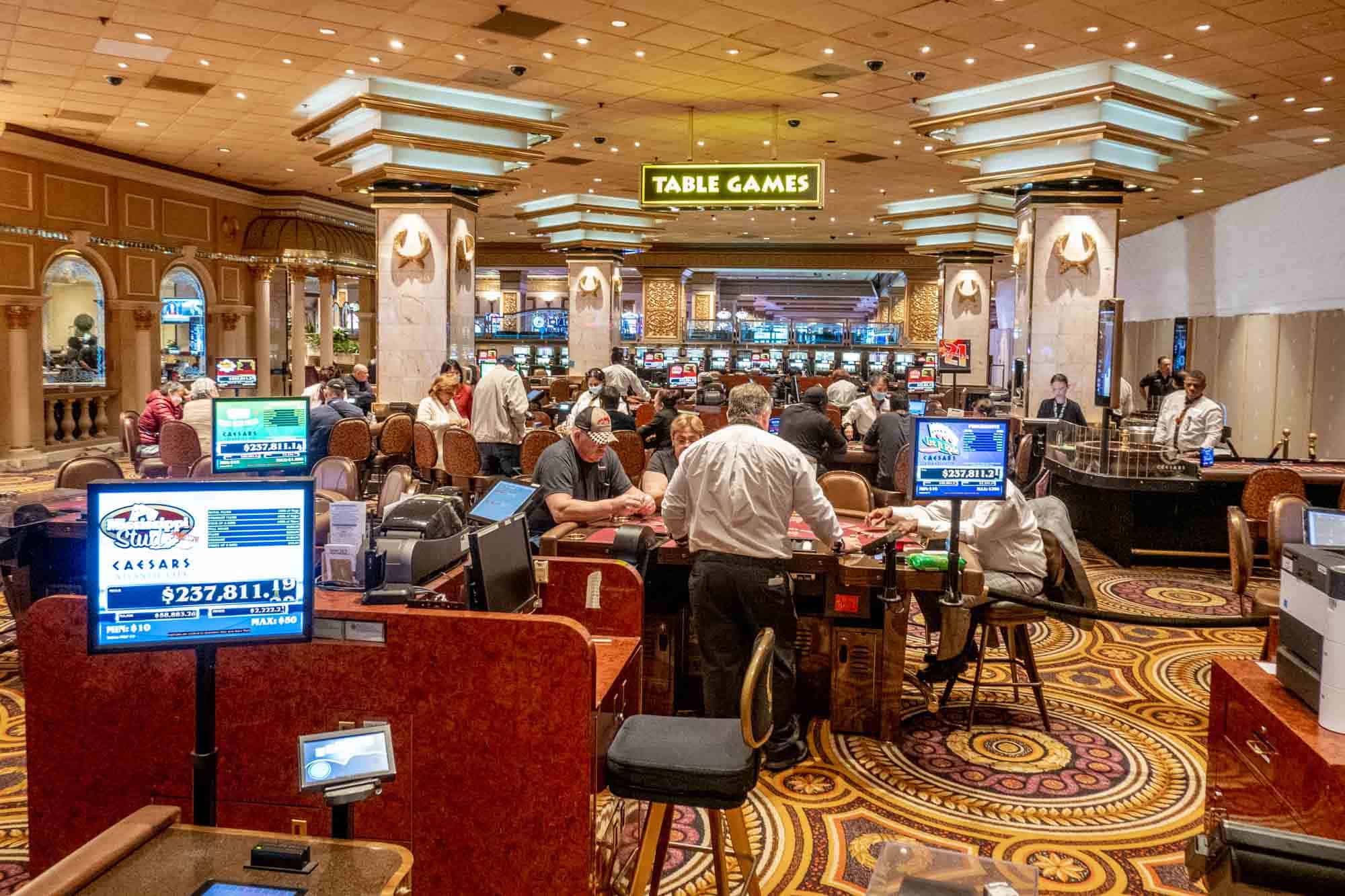A Cultural Effect of Gambling Machines Across the Globe
Worldwide, the appeal of slot machines has won over millions, transcending cultural divides and attracting diverse audiences. From the lively casinos of Vegas to the colorful gaming halls of Macau’s gaming centers, these fascinating machines have become emblems of anticipation and expectation. The spinning reels and vivid visuals draw players into deeply engaging experiences, creating a unique blend of luck and entertainment that connects with people from every background.
As these games develop, their impact extends beyond mere gambling; they shape popular culture, fuel art, and reshape how people connect. Whether it’s through cinematic representations of life in casinos or the rise of online slots that bring the casino experience to the comfort of home, the importance of slot machines continues to increase. Exploring this trend reveals not just the systems of play, but also the profound relationships they create within communities and their role in the overall landscape of entertainment options around the globe.
Chronicle of Casino Slots
The origins of gambling slot machines can be tracked back the final nineteenth century with the development of the initial mechanical slot machine. In the year 1887, Charles Fey, a mechanic from SF, created the first mechanical slot machine, which was equipped with three spinning reels and a basic design with symbols such as horseshoe symbols and playing cards. This machine offered gamblers a opportunity to win cash, laying the foundation for what would become a global gaming sensation.
As the acceptance of casino slots increased, various innovations appeared throughout the early 20th century. By the early 1900s, numerous companies began producing their versions, enhancing the games with new features and more intricate systems. These early devices became a mainstay in bars, taverns, and eventually started to make their way into gambling halls. By the 1960s, the mechanical slot machine was more enhanced with the introduction of electronic parts, leading to more varied gameplay and higher player involvement.
The decade of the 1980s marked a crucial shift when video visual technology was incorporated into casino slots. This innovation allowed for more intricate graphics, audio, and storylines, attracting a broader audience. The fusion of impressive visuals and engaging gameplay changed gambling slots into a major draw in gambling establishments around the world. As a result, slots evolved from basic machines into sophisticated entertainment systems, reflecting shifting cultural preferences and tech advancements.
Cultural Variations in Slot Games
Gaming slot games have developed in order to represent various traditions along with practices of different areas in which slot machines are enjoyed. For instance, in Japanese culture, for example, pachinko machines merge features between pinball and traditional slot games, producing a unique playing experience that is deeply entrenched inside Japanese entertainment tradition. These machines frequently feature popular anime figures and motifs, showcasing the intersection of gaming with mass culture in Japanese society.
On the other hand, within the United States, slot games tend to be designed using iconic movies, famous people, and iconic imagery of American tradition. This practice reflects a tendency to exalt and monetize pop culture, making the slot environment relatable to participants. These flashy visuals along with audio are designed in order to create enthusiasm as well as pull people into gambling environment, highlighting American ingenuity for entertainment and also tech. https://dafabet.fashion/
In European countries likewise possess unique individual approaches to slot games. As an example, in the UK, for instance, old-school fruit machines popularized inside public houses as well as amusement centers reflect community likes in favor of nostalgic gaming styles. These devices frequently highlight straightforward layouts as well as easy gameplay, that speak favorably with players seeking cherish a nostalgic gaming experience. This geographical diversity emphasizes how cultural factors mold the development as well as appeal of gambling slot machines throughout multiple regions in the planet.
The Evolution of Casino Slot Machines
As tech continues to evolve, the prospects of casino slots appears promising and exciting. Innovations in gaming technology, such as VR and augmented reality, are likely to redefine how players experience slots. Imagine stepping into a virtual casino where players can interact with their surroundings more intensively, making the act of playing slots more exciting and enthralling than ever before. This shift could also draw in a younger demographic, ushering in a new era of casino gaming.
Moreover, the integration of AI and big data will enhance customization in casino slots. Players can expect games customized to their preferences, as AI assesses their patterns and actions. This tailoring not only makes the gaming experience more fun but also encourages player retention, as casinos work hard to meet individual player preferences. Future slot games will likely feature more immersive narratives and vivid content, pushing the limits of traditional gameplay.
Finally, the rise of mobile gaming will continue to shape the future of casino slots around the world. As more players opt for smartphones and tablets for gaming, casino operators will concentrate efforts on optimizing their games for mobile devices. This convenience allows for more easy play, with players able to play their preferred slots anytime and any place. As the global gaming market expands, the evolution of casino slots will play a vital role in drawing new players and maintaining the excitement of existing fans.
